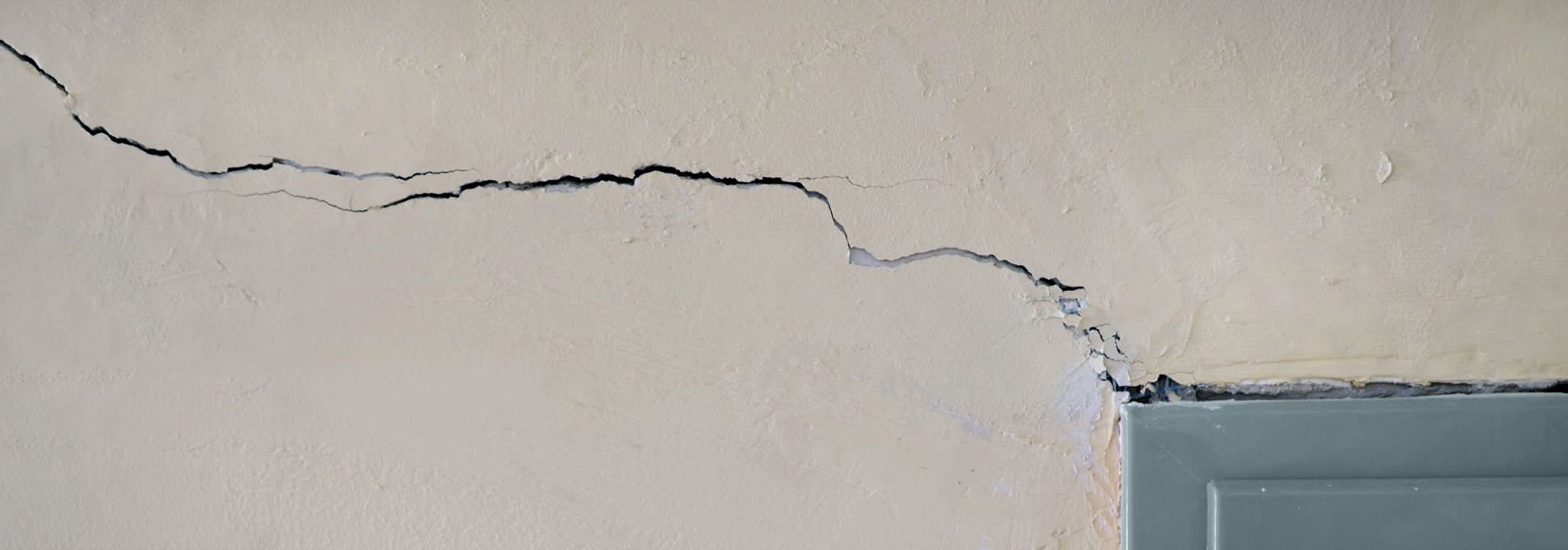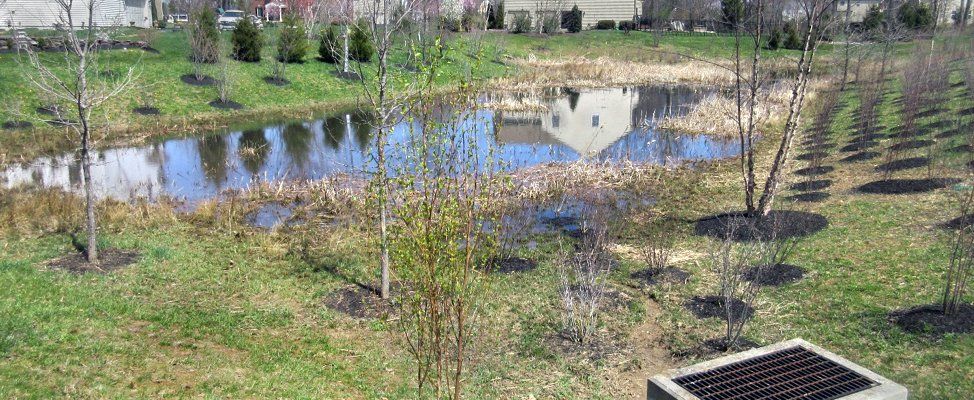Pavement Choices for Your Home - ASPHALT & CONCRETE
A Review of Residential Hardscape Surfaces – ASPHALT & CONCRETE
Are you thinking about updating or expanding your driveway - or maybe constructing a new one? Last year, I decided to take the plunge and update my gravel driveway. I took some time to deep dive into the benefits of each type of common pavement material: ASPHALT, CONCRETE, STONE GRAVEL & PAVER BLOCKS. In this installment, we will talk specifically about Asphalt and Concrete pavement surfaces. Gravel driveways and the different types of Paver Blocks will be discussed in the next installment...
A pavement is defined as a durable surfacing of a road, airstrip, driveway, sidewalk, or similar area. The primary function of a pavement is to transmit loads to the sub-base and underlying soil so that objects don’t sink-in. Flexible pavements are constructed of several thicknesses of asphalt or concrete layers overlying a base of granular material on a prepared subgrade. Pavers and Gravel also require a similar compacted stone aggregate layering process beneath the surface. Pavers are also usually separated by joints filled with crushed aggregate, sand or grass.
If you are building a driveway where there hasn’t been one previously, it is recommended that you have an engineer involved such as the experts from BUSTAMANTE ENGINEERS. You will likely need their professional services for the design of the driveway and for the sitework as well. Building a new driveway will likely require permits, so check with your local municipality about what is involved in constructing a driveway.
You may want to update your driveway because it is gravel, which can be difficult to plow when it comes to the snowy season, or you’re tired of the accumulation of dust on vehicles in the nicer weather. Perhaps your paved driveway is cracked and past its useful life and you are self-conscious of talk in the neighborhood. Or maybe you want to upgrade to a decorative concrete paver surface. So, if you just bought an undeveloped lot, or are looking to resurface, we’re here to give you an overview of how to construct a driveway from scratch.
Good Beginnings = a Great Driveway
When beginning the construction of the driveway, a contractor will strip the sod, vegetation and topsoil from the designated area to expose bare soils before beginning to lay your stone subbase. All good driveways require the following:
- Subgrade Soil – A good soil to lay your subbase on is very important. The soil should not be too wet in the area of installation of the subbase because wet soil means it may not have the structural stability to withstand the cars repeatedly driving over the pavement. Some possibilities that may occur when installing a driveway on poor soil are rutting, premature cracking, and potholes beginning to form on the driveway.
- Sub-base Layer - The sub-base consists of a modified stone, typically specified by your local municipality or state. A modified stone consists of a slightly larger stone with lots of “fines” in it. Fines are smaller bits of rock, sand or clay that create a better compaction rate which makes for a great subbase. During installation, a contractor will spread the mixture evenly in the area to a specified depth and compact it with machinery.
ASPHALT Driveway Components & Installation
There are typically three components to an asphalt driveway: a subbase, base, and top course. The total thickness of asphalt required for driveways is typically specified by the municipality. There are many more steps that are involved with the process, but it’s important to learn the basics before looking deeper into the installation.
- Base Course - Once the subbase area is prepped, the contractor will put down the first layer of asphalt, also known as the base course. The mixture may have slightly varied specifications but will have larger stone/aggregate than the top course. Machinery will lay the material at a specified thickness equal to or greater than the thickness of the top course then rolled and compacted.
- Top Course - The top course is then laid after the base material has been set. It consists of an oil binder with a slightly smaller stone than your base. This mixture is what gives your driveway a nice, uniform look. The oil in the mixture acts as a binder between the stones and bonds everything together to create a stronger surface.
- Compaction - Once laid, the new driveway will be rolled again with a large roller that has a water cascade down the drum to cool the asphalt as it is compacted. Compaction of the asphalt is important! When the asphalt is laid, if it is not compacted heavy weight such as vehicle tires would cause depressions. If the asphalt is never compacted, it would become brittle and eventually break apart.
CONCRETE Driveway Components & Installation
Rigid pavements that are made of concrete are composed of coarse and fine aggregate and cement which is usually reinforced with steel rod or mesh. But you don’t have to go with traditional, drab looking plain concrete – there are many new creative techniques to choose from such as colored concrete, acid-stained concrete, or concrete with exposed aggregate.
- Forms – Forms for concrete slabs are consist of wooden boards that hold the concrete in place to assume the designated shape of the new driveway. They are screwed or nailed into wood or metal stakes that are driven into the prepared subbase.
- Reinforcement - Adding rebar or mesh wire on top of the base before the concrete is poured will serve to reinforce the concrete. The reinforcement should be elevated off the base so that the concrete gets underneath.
- Concrete – A ready-mix concrete truck will pour 5000 pounds per inch of concrete, 6 inches thick. As the truck pours the concrete, shovels and rakes are used to spread it evenly. A screen will level the surface and edging tools and hand trowels to shape and smooth any edges or bumps.
- Finish – Brooming is a popular treatment because it leaves the surface with a good mixture of textured and smoother surface areas which will help with skid resistance.
- Setting - In weather between 65-75ºF, forms can be removed at 48 hours, leaving just enough malleability to deal with problem areas. The concrete takes 7 days to fully set, so no driving on the driveway for a week.
Pros & Cons of Concrete or Asphalt
When considering concrete for my driveway, I wanted the traditional look of concrete. Contractors have learned new creative techniques with colored versions and stamped textures and maybe I will consider concrete techniques for future projects. Concrete pavements have more than twice the longevity compared to asphalt. Concrete makes for an exceptionally low maintenance driveway and may only require occasional power washing. They come at a 50% higher price partially because installing concrete requires more time and preparation than asphalt. Concrete holds up better than asphalt under heavy traffic and is easier to see at night.
Asphalt may have a slight edge over concrete because of the lower cost of installation and ease of repair. Most homeowners can easily repair cracks or small holes in an asphalt driveway. When it comes to curing, you can drive on asphalt almost immediately after it’s been installed, and concrete takes a week to cure. When it comes to installation, asphalt driveways are a clear winner as they take less time to install. Concrete tends to give the exterior of a home an industrialized look, rather than looking warm and inviting. Consideration needs to be taken regarding the climate in which you live. Asphalt softens easily in hotter climates and will need more repair. Lucky for us, the climate in Pennsylvania is conducive to asphalt driveways.
Contact the Professionals at BUSTAMANTE ENGINEERS
Most driveways are a straightforward job for a properly licensed builder. But for more complex sites, especially sloping lots, we recommend a driveway design by a professional engineer. To create a suitable design for your driveway, one of our engineers will review the proposed site and provide a working plan to satisfy your requirements.
Call us today at 215-340-6990 or click to contact us online today!
SHARE CONTENT
Bustamante Blog

















